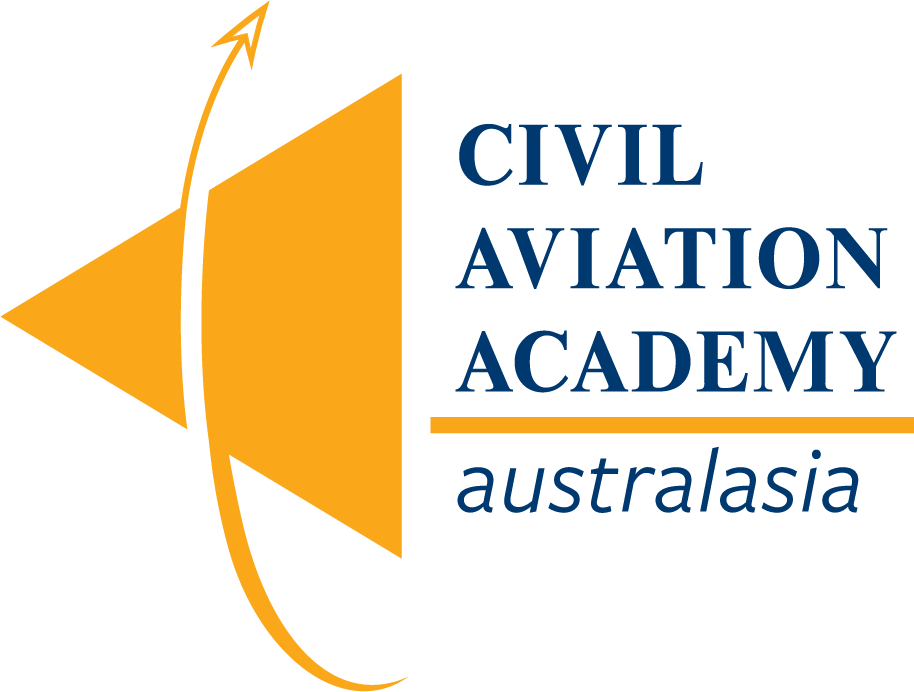No products in the cart.
- 08 6180 7939
- andy@caaa.com.au
- Mon - Fri: 9:00 - 15:00 (WST Perth)

“My mind clicks on and off … I try letting one eyelid close at a time while I prop the other open with my will. My whole body argues dully that nothing, nothing life can attain, is quite so desirable as sleep. My mind is losing resolution and control.” (Lindbergh, 1953).
The words of Charles Lindbergh about his solo transoceanic flight, which took him 33.5 hours in 1927, illustrate how destructive the effects of fatigue in aviation can be.
Fatigue is substantially more than just feeling tired. You may find it hard to get out of bed in the morning, and it may be preventing you from fulfilling everyday tasks.
While physical and mental fatigue is different, they often occur together. For example, repeated physical exhaustion with insufficient rest or sleep can lead to mental fatigue over time.
If you suffer from physical fatigue, you may find it physically hard to do things you usually do, such as climbing stairs or walking any distance. In addition, you may experience muscle weakness; Doctors can diagnose physical fatigue by giving you a strength test.
You may have mental fatigue if you find it difficult to concentrate on one thing and have trouble retaining information. In addition, mental fatigue may leave you feeling sleepy and cause you to have difficulty staying awake while working.
Sydney’s Monash University has been at the forefront of research into workplace fatigue for the past eight years. When they first launched the Cooperative Research Centre (CRC) for Alertness, Safety and Productivity in 2014, the statistics for accidents and workplace injuries were astounding. Up to 10,000 serious workplace injuries and more than 25,000 serious road crash injuries are caused by poor alertness each year.
The cost to the Australian economy is over $5 billion a year through lost productivity and healthcare costs and over $31 billion a year in the loss of healthy life.
In November, Dr Andrew Phillips began researching the disruption of our circadian clocks. According to a comment by Dr Phillips in an article published in Monash University’s Turner Institute News
“The body’s 24-hour clock regulates when we feel sleepy or alert. In shift workers, disrupted sleep and rhythms can lead to fatigue and costly, often deadly, workplace accidents.”
An American study on fatigue in aviation – “Fatigue in Aviation: Safety Risks, Preventive Strategies and Pharmacological Interventions” in 2021, states, “The circadian body clock is unable to adapt immediately to changes in time zones. This period of adaptation, or jet lag, generally lasts longer when travelling eastward, after crossing multiple time zones and when exposure to the local day/night cycle is limited.”
We have advanced since Charles Lindbergh struggled to keep his eyes open on a solo flight in 1927, but pilot fatigue can affect any pilot at any time. Irregular hours and changed time zones are the main factors that cause pilot fatigue in international long-haul flights and, to a certain extent, short-haul Australian flights.
Nowhere is fatigue management in the workplace more vital than in the aviation workplace. Aviation workers, in particular pilots, are responsible for transporting people in great numbers to a destination safely.
It is up to the pilot to decide whether they are fit to fly in the first instance. Management of pilot fatigue in Australia is the responsibility of the pilot, the operator, and the Civil Aviation Safety Authority.
The International Civil Aviation Organization (ICAO) has established four basic scientific principles which should underpin fatigue management regulations:
In 2021 new rules for the management of Pilot fatigue were introduced by Civil Aviation Safety Authority. See the comprehensive plain English guide here.
In 2019 The Australian Transport Safety Bureau (ATSB) found that fatigue cannot be eliminated and is an inevitable risk for pilots.
When ATSB surveyed Australian pilots in 2019, they found a small but significant number of pilots, 10 per cent and 17 per cent reported having less than 5 hours of sleep in the previous 24 hours or less than 12 hours in the previous 48 hours, respectively, at the end of their last flight. These sleep thresholds are associated with impaired performance.
There is a range of ways that fatigue adversely affects workers. The symptoms of fatigue can include all or some of the symptoms listed.
All leading to unnecessary errors and accidents, injury, and reduced productivity.
The rise in shift work with poorly designed shift-working arrangements and long hours means some workers are not given enough time for rest and recovery before being sent back to work.
Crew members also have the job of maintaining the safety of flights. They, too, are exposed to changing time zones and irregular hours. It is therefore not surprising that all crew experience work-related fatigue, which can, in turn, lead to impaired performance. They need sufficient rest to perform their jobs optimally.
In a recent American study 2019, researchers conducted a large-scale survey of 9,180 cabin crew.
The researchers found that while the primary causes of fatigue were sleep loss and circadian disruption, participants also identified other key factors, including a high workload, the work environment, a lack of company support, and insufficient fatigue management training.
Whether you are flying or crewing a plane or are a passenger, there are some ways you can manage fatigue before you leave the ground.
For any further information about fatigue, management refer to the comprehensive guides available on the CASA website. Additionally, The Civil Aviation Academy runs a Crew Resource Management (CRM) /Aviation Decision Making (ADM) Correspondence Course where the results of fatigue are covered in detail. https://www.caaa.com.au/crew-resource-management/
Please contact us for further information or to enrol in one of our courses.

Civil Aviation Academy Australasia Pty Ltd
Phone: +61 8 6180 7939 Fax: +61 8 6323 1826
PO Box 584, Subiaco WA 6904
© 2020 PC Madness PTY LTD All rights reserved